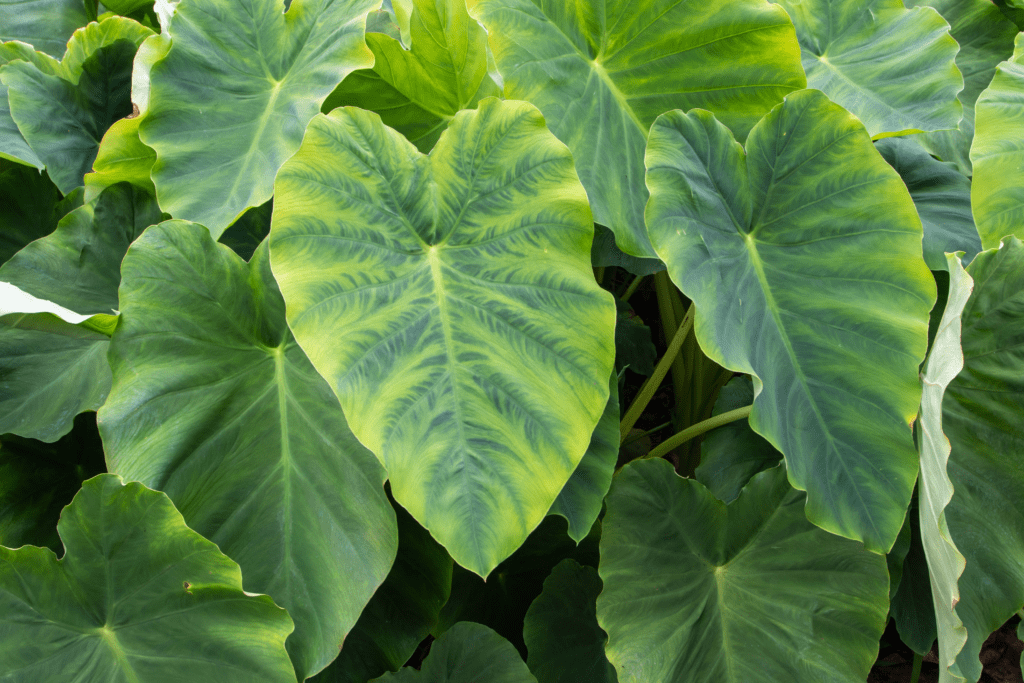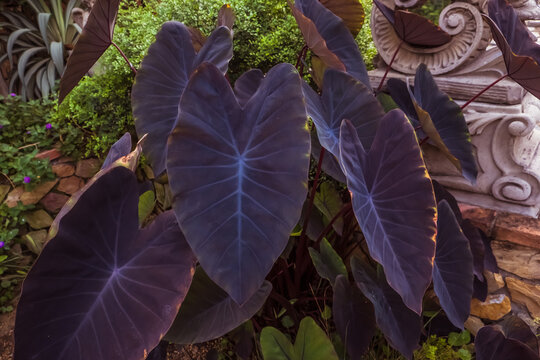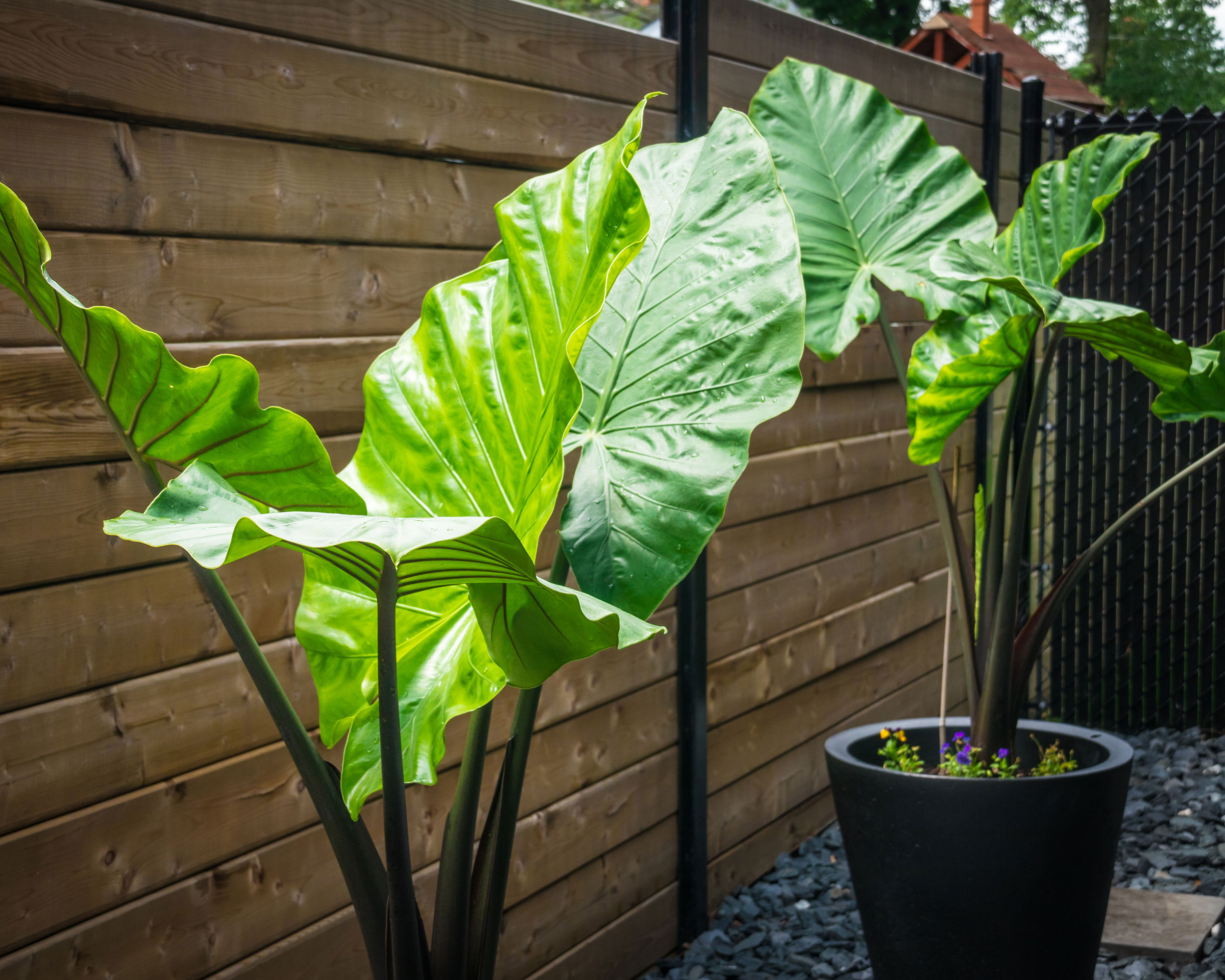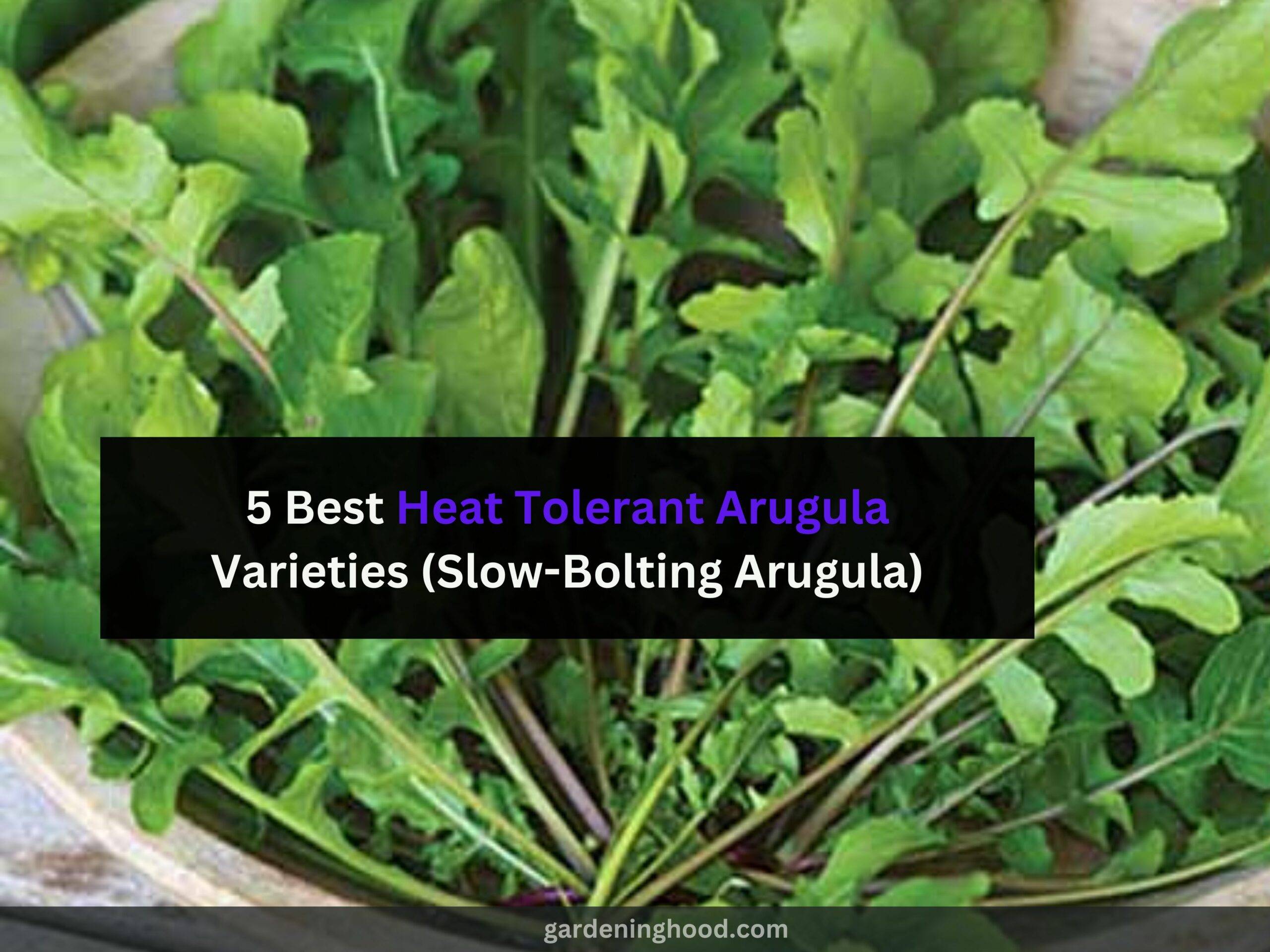California Elephant Ear Plant Care Guide
The elephant ear plant is a huge tropical plant that can grow up to six feet tall. It has huge leaves that are shaped like elephant ears and it produces beautiful white flowers. They are famous for their leaves rather than their flowers. Have you grown this amazing plant in your yard? If yes, then it is great. California Elephant Ear Plant is native to the tropical regions of Asia and Africa, but it can also be found in the warmest parts of North America, including California.
Are you sure you are doing California Elephant Ear Plant Care properly? California Elephant Ear Plant tends to grow in bright sunlight per day. They need to be well watered to generate new growth. Make sure you are providing a well-drained pointing mix for your California Elephant Ear Plant so that it grow well and do not overwater the plant as it can cause root rot in the plant.
If you’re thinking about growing a California Elephant Ear Plant, then it is important to care for these plants by marinating their growth. So, what else do you need? Let’s get started to know about the California Elephant Ear Plant care guide. You just need to stay connected with the guide.
How to care for California Elephant Ear Plant?
Below are the caring tips for your California Elephant Ear Plant so that it thrives well:

Misting and Spraying
Misting and spraying your California elephant ear plant is a great way to keep it healthy and hydrated. If you live in a dry climate, you may need to mist your plant daily. You can also use a spray bottle to lightly mist the leaves of the California Elephant Ear Plant. This will help to prevent the leaves from drying out and turning brown.
If you live in a humid climate, you may only need to mist your elephant ear plant once or twice a week. But, if you notice that the leaves are starting to turn brown or get dry, then increase the frequency of your misting.
When misting or spraying your plant, be sure to use distilled water or rainwater. This will help to prevent any mineral buildup on the leaves. You can also add a few drops of lemon juice to the water for extra acidic benefits.
Sunlight needs
California Elephant Ear Plant like full sun or partial shade. In hot summer regions, provide some afternoon shade. Plants grown in too much shade will have smaller leaves and be less vigorous.
California elephant ears are sun-loving plants and can take full sun. However, they will also do well in partial shade, especially in hot summer climates.
If you live in a hot summer climate, you may want to give your California elephant ear plant some afternoon shade to protect it from the heat of the day.
Soil Type for California Elephant Ear plant
Most elephant ear plants do best in rich, moist soil that drains well. If you’re planting your elephant ear in a pot, choose one that’s at least 18 inches wide and has drainage holes. Fill the pot with a high-quality potting mix, such as Miracle-Gro® Moisture Control® Potting Mix.
If you’re planting your elephant ear in the ground, amend the soil with compost or other organic matter to help it retain moisture.
Once you’ve prepared the planting area, dig a hole that’s twice as wide as the root ball and just deep enough so the top of the root ball is level with the ground. Gently loosen the roots before setting the plant in the hole and backfilling g with soil. Water deeply to settle the roots.

Location
One of the most important aspects of caring for an elephant ear plant is choosing the right location for it. The best spot for an elephant ear plant is one that gets partial sun and has well-draining soil.
Elephant ear plants are native to tropical regions, so they need warm temperatures to thrive. In California, the best place to put your elephant ear plant is in a spot that gets morning sun and afternoon shade.
Avoid placing California Elephant Ear Plant in full sun, as this can scorch the leaves.
Related: Alocasia Portodora Plant Care Guide
California Elephant Ear Propagation
If you’re looking to propagate your own California elephant ear plants, here are a few tips to get you started. First, it’s important to choose healthy, disease-free plant material to work with. Cuttings taken from the top of the plant are usually the most successful.
Next, prepare your cutting by removing any leaves from the bottom half of the stem. Dip the cut end into rooting hormone powder or gel and then place it into a pot filled with moistened potting mix. Be sure to keep the cutting warm and moist roots – a clear plastic bag placed over the pot can help with this.
Once your cutting has rooted (usually after 4-6 weeks), you can transplant it into its permanent spot in the garden. Elephant ears prefer rich, well-drained soil and full sun to partial shade. With proper care, your new California elephant ear plants should thrive and provide you with many years of enjoyment!
Trimming and Pruning
Trimming and pruning are an important part of California elephant ear plant care. Use sharp, clean shears or a knife to remove any yellowed or dead leaves.
You can also remove any leaves that are crowding the plant or interfering with its growth.
After trimming, it’s important to fertilize the plant. This will help it recover from the stress of trimming and promote the new growth of the California Elephant Ear Plant.

California Elephant Ear Drooping
Assuming you’re referring to the plant Alocasia California, also known as California Elephant Ear or Drooping Alocasia, here are some tips on taking care of it:
This plant is native to southwestern China and northwestern Vietnam, so it prefers warm, humid conditions. In its natural habitat, it grows in partial shade to full sun.
When growing California Elephant Ear indoors, place it in a bright spot out of direct sunlight. It’s a good idea to mist the leaves regularly to help raise the humidity around the plant. The soil should be rich and well-draining. Water when the top inch or two of soil is dry. Be careful not to overwater – this can lead to root rot.
Fertilize monthly during the growing season with a balanced fertilizer. Cut back on watering and fertilizing in late fall and winter when growth slows down.
Wrapping up the Context
In this guide, you learn about the California Elephant Ear Plant is a huge tropical plant that can grow up to six feet tall. It has huge leaves that are shaped like elephant ears and it produces beautiful white flowers. They are famous for their leaves rather than their flowers. California Elephant Ear Plant tends to grow in bright sunlight per day. They need to be well watered to generate new growth. Make sure you are providing a well-drained pointing mix for your California Elephant Ear Plant so that they grow well and do not overwater the plant as it can cause root rot in the plant. Read the guide to know more about the California Elephant Ear Plant.
Thanks for reading! Happy gardening!
FAQ’s
Do California elephant ears come back every year?
Yes, California Elephant Ear Plant comes back every year. They are hardy plants that can withstand some neglect. However, they will not tolerate being waterlogged.
Allow the top inch of soil to dry out between watering. Fertilize monthly during the growing season with a balanced fertilizer.
How to maintain the growth of my elephant ear plant?
When it comes to soil, elephant ear plants prefer rich, loamy soil that drains well. If your soil is sandy or clay-like, amend it with some organic matter before planting.
Once you’ve found the perfect spot for your elephant ear plant, be sure to water it regularly and fertilize it monthly during the growing season. With a little TLC, your elephant ear plant will thrive and provide you with beautiful foliage all season long
Should I cut off yellow elephant ear leaves?
If your elephant ear leaves are starting to turn yellow, you may be wondering if you should cut them off. The answer depends on the severity of the yellowing and whether or not the leaves are still healthy. If the yellowing is minor and the leaves are still green and healthy, there’s no need to cut them off.
However, if the leaves are severely yellowed or brown and crispy, it’s best to remove them so they don’t drag down the rest of the plant.


